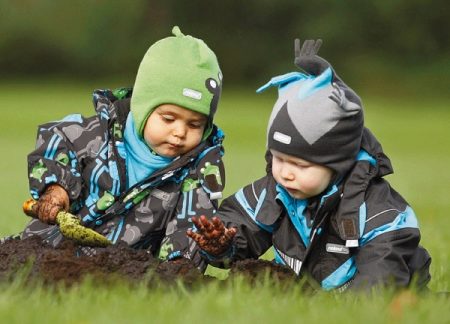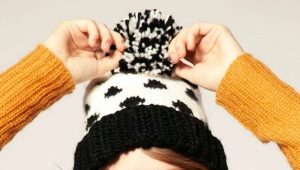How to determine the size of the hat?
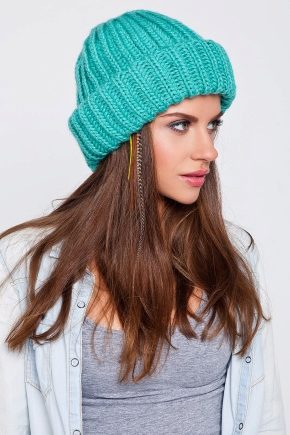
How to determine
Just like clothes, hats have specific sizes that you can choose from and that you need to know. After all, it is not always possible to visit a store and try on several hats or hats in order to choose the most suitable one among the entire range of proposed styles. In addition, the headgear should be comfortable, because the comfort that this accessory gives in everyday wear is very important.




It is especially good to know the exact size in a situation where you need to purchase a new hat for your child. For babies, comfortable caps are bought in size every six months, because the baby grows and the girth of his head increases. If you have to choose an autumn or fur winter hat for a small child, experts advise taking a slightly larger size than your baby currently has.
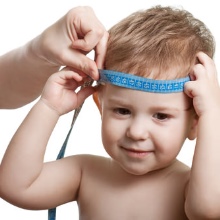
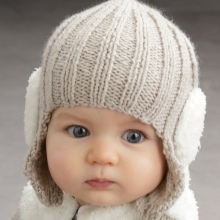

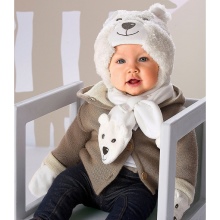
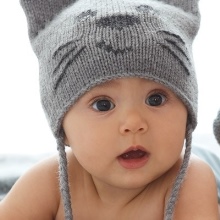
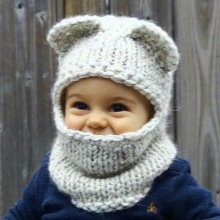
All you need to measure, and it's not difficult, is the circumference of your head. For this purpose, an ordinary centimeter tape or a thick thread that does not stretch is suitable. The tape or thread is first applied to the middle of the child's forehead, and then circled around the head, capturing the most convex places of the back of the head. The resulting figure on the centimeter tape is the desired size of the headgear.If you measured the circumference of the head with a thread, you will also receive the necessary data for buying a children's hat. To do this, you just need to bring the thread to the ruler and see what its length is.
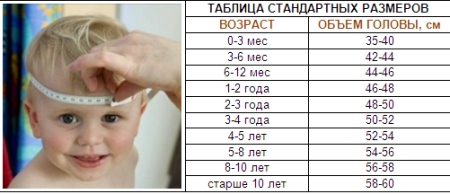
In adults, the procedure for obtaining the size of a headdress is almost the same, with the exception of a few subtleties. Since hats, autumn and winter hats for adults have different shapes, are sewn from various materials and are worn depending on the style, two more additional parameters are needed to determine the adult size.

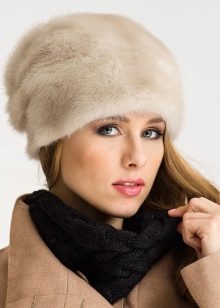
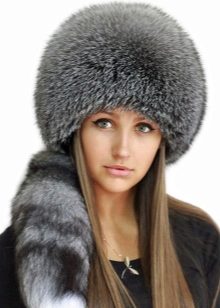
- the first of them is the length of the line of the longitudinal arc. This is the name of the distance from the superciliary recesses to the protruding parts of the occipital region of the head.
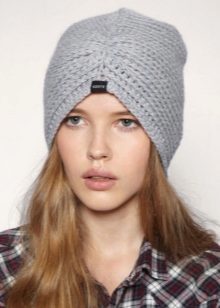

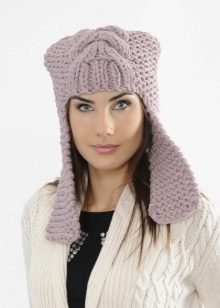
- the second parameter is the length of the transverse line of the head. It is measured by passing a centimeter tape from one temple to another along the top of the head through the top of the head.



After taking measurements, adults can also refer to the universal size chart, which shows data in centimeters and inches. International sizes are determined by Latin numerals, and English by fractional values from 6 to 8.



Dimensional grid by age
For the convenience of parents, the main parameters necessary for choosing a cap are located nearby in the pivot table. The age of the child and his height are in it, along with the size of the headgear corresponding to these indicators.
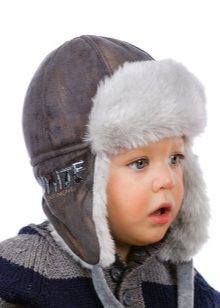

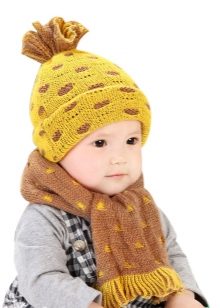
A one-year-old child, according to the average values \u200b\u200bof his height - up to 80-90 cm - reaches the size of a cap 47-48. Then, by the age of one and a half, his height increases to 100 cm, and the size to 49. After that, the table looks like this: the child becomes taller by about 6 cm every year, and the size of his headgear increases its value by one every year.



That is, by the age of 4, the size of the cap will be 52, by 6 years - 54.By the age of nine, the child, as a rule, grows to 140 cm, the girth of his head, corresponding to height, reaches 56 cm, after which growth slows down a little, and the size remains unchanged for another two to three years, sometimes up to 16 years of age.


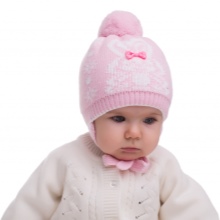
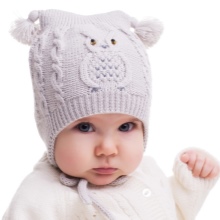
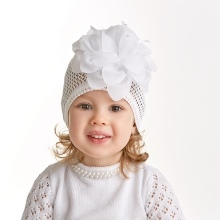

Of course, every baby grows in their own way. Therefore, the main thing in choosing the size should be the individual parameters of your child, regardless of the average indicators in the tables.
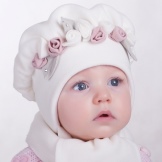


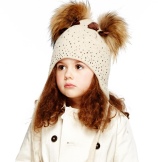
For greater accuracy, it is advisable to correct measurements by applying a centimeter tape not once, but twice in order to get the size accurately. The value of such a parameter as head circumference in centimeters is always rounded up when measuring. For example, if your head circumference turned out to be 50.5 cm, then the size you need is 51.
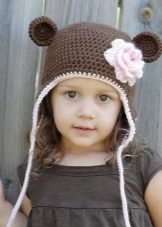


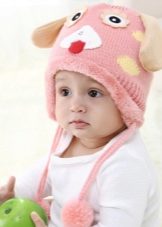
famous brands size chart
Determining the size of men's and women's hats of famous brands has its own characteristics. Women's hats are often equipped with a dimensional tape that can be pulled off by changing the size by one or two values, and this point is also better to consider when buying a stylish hat from a foreign manufacturer.
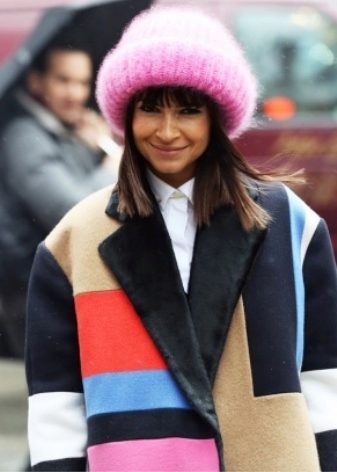

Usually, when purchasing a women's demi-season hat, you should take into account that it can stretch after washing. For this reason, stylists advise you to carefully examine the product and choose a hat that fits your head tightly at the time of fitting. This is especially true for knitwear and woolen berets. After wearing a hat for several days, you will feel comfortable, the hat will “sit down” well, and you will look perfect in it.

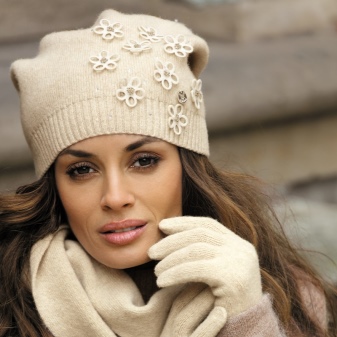
For men's hats, measurements are carried out in the same way - using a tape or a dense thread and a ruler.Measurements for men's hats are done as follows: in this case, the head circumference in centimeters will be completely correct if you attach the tape just above the eyebrows - approximately 2 cm.
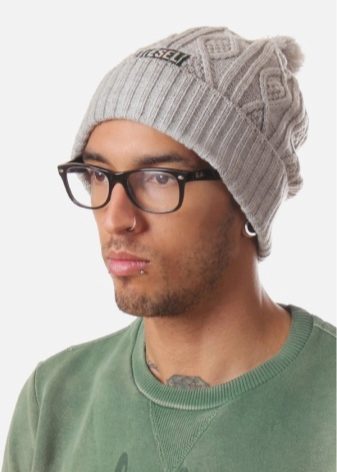
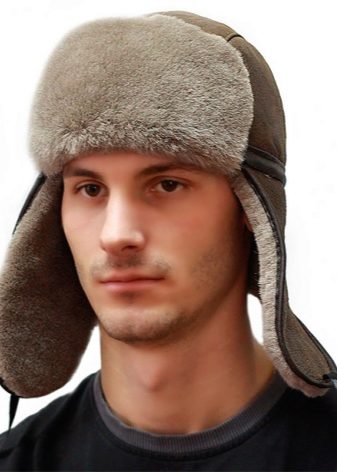
Lenne
Lenne is known as a major manufacturer of children's clothing, footwear and accessories. For toddlers, school children and teenagers, this company offers the following size chart:
For the youngest children from birth to 3 months - 35-40
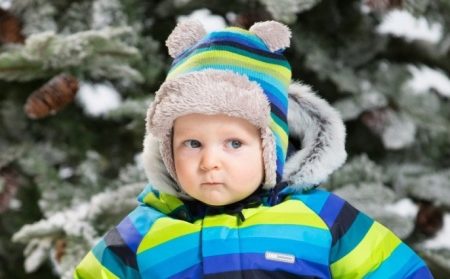
- For babies from 3 to 6 months - 42-44
- For children from 6 to 12 months - 44-46
- From 1 to 2 years - 46-48
- From 2 to 3 years - 48-50
- From 3 to 5 years - 50-54
- From 5 to 8 years - 52-56
- From 8 to 16 years old - 56-58

Kerry
The Kerry company, which specializes in the production of clothing and accessories for children in the form of mittens and hats, also uses measurements in centimeters in the table. For this brand, the relationship between age and headgear size looks like this:
- From 1 month to a year - 46
- From one year to 2 years - 48
- From 2 to 3 years - 50
- From 4 to 5 years - 52
- From 5 to 7 years - 54
- From 7 to 10 years - 56
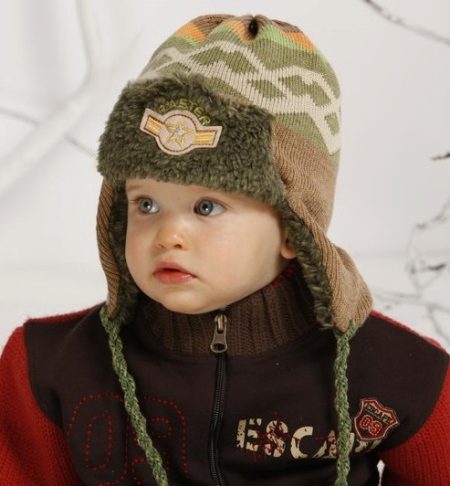
Kivat
The company does not use the size chart, familiar to all parents, in centimeter measurement. For products from Kivat, the main material is elastic fabrics that stretch well. The company guarantees the functionality of its products, facilitating the task of buying things and hats "for growth".
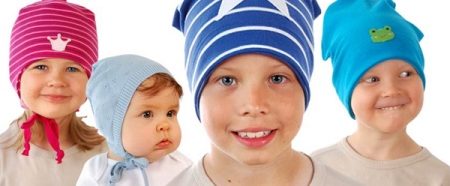
Various headdresses for children of popular styles are selected according to the shape of the child's head. The dimensional grid from the Kivat company looks like this: hats for newborns and children up to 6 months have sizes 00 and 0, for babies up to a year - 1, for children from a year and older - 2.
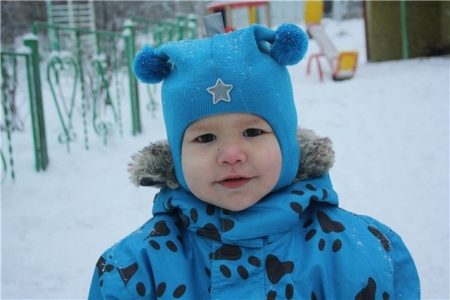
For caps, the company offers the following classification of sizes: up to a year - 1, from one year to 5 years - 2, from 5 to 10 years - 3, over 10 years - 4.
As for hats, berets and visors, the size chart is similar to the previous one, the only difference is that size 3 can be worn by children under 15 years old, and 4 - older. For cotton helmets, size 3 covers the age period from 5 to 10 years, 4 - over 10 years.
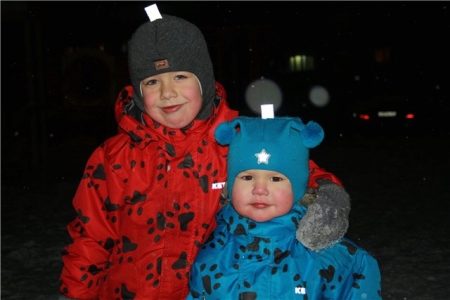
Wool and bottom helmets come in sizes 0 to 5. They can be worn by children and adolescents from the first month of life to 15 years and older. The company strives to give recommendations to all parents so that the products sit comfortably on children and are not too large, do not slip down on a walk and do not interfere with the child's movement.

Reima
The Finnish company regularly supplies children's clothing and hats designed for the most difficult weather conditions. This company offers customers the following sizes for children's hats, corresponding to the circumference of the child's head in centimeters:
- From 2 to 6 months - 42-44
- From 6 to 12 months - 46
- From 1 to 2 years - 48
- From 3 to 4 years - 50
- 5-6 years - 52
- 6-7 years old - 54
- 7-12 years - 56
